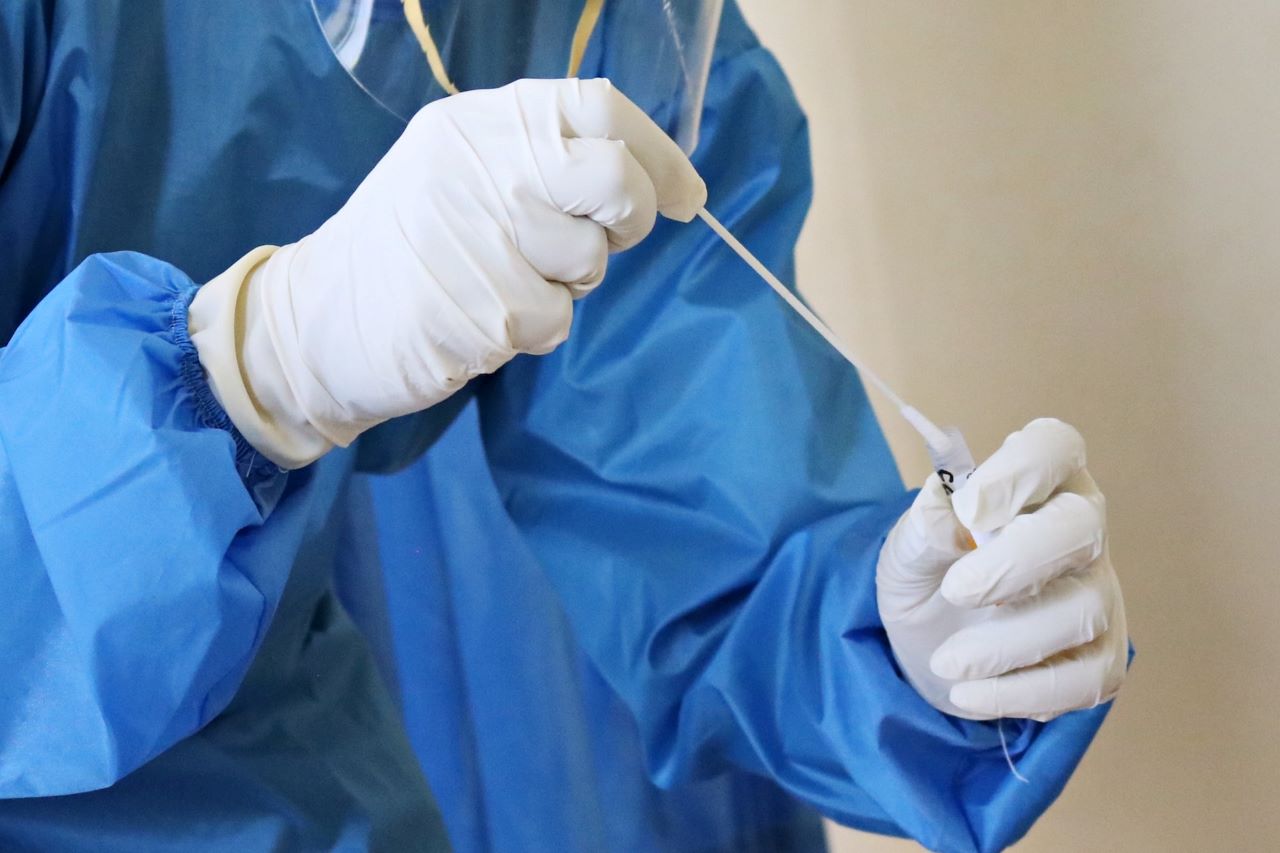The move toward patients receiving healthcare at home during the COVID-19 pandemic has highlighted the importance of robust internet access. However, rural populations have long struggled to access reliable internet services, as internet service providers are reluctant to shoulder the cost of network expansion. SpaceX’s Starlink and other satellite internet firms can quickly provide fast, reliable internet to a large area, allowing rural populations access to the same home healthcare services as urban populations and expanding the market for telehealth and remote monitoring solutions.
Healthcare shifted to become more internet-connected as people stayed home due to COVID-19-induced lockdown protocols. As such, access to a reliable, fast internet service has become increasingly important for receiving healthcare at home. Internet access allows remote patients to consult healthcare practitioners quickly, easily, and safely, saving on commute times and enabling meetings with specialists from across the country. Additionally, physicians can use internet-connected devices to remotely monitor patients in real time.
However, people living in rural areas have struggled to access reliable internet services. Often, internet service in these areas tends to be slow, unreliable, or both. Internet service providers have been reluctant to shoulder the significant costs required for network expansion for a relatively small number of clients, leaving these customers with few options.
To provide better internet service for these underserved areas, SpaceX recently announced that its Starlink satellite internet service is entering beta testing. Starlink and other satellite internet services rely on a constellation of thousands of satellites in low Earth orbit communicating with a client’s receiver dish to provide internet service. SpaceX stated that, during the beta testing phase, users can expect speeds more than 50Mbps. Skype and Zoom recommend minimum internet speeds of 1.5Mbps and 3.8Mbps, respectively. Both the internet speed and coverage area are expected to increase as SpaceX launches more satellites in the coming months and years.
With the move to accessing healthcare at home, this increase in internet speed and availability may be a literal lifesaver, allowing rural patients access to distant healthcare resources. This impact extends beyond rural populations, as SpaceX plans to expand coverage globally, allowing people living in countries with poor internet infrastructure to access healthcare services. The increase in internet-connected communities also expands the potential market for telehealth and remote monitoring medical devices. GlobalData currently expects the remote patient monitoring market to be worth $645M by 2025, but increased internet availability via Starlink and similar solutions may significantly accelerate growth.
How well do you really know your competitors?
Access the most comprehensive Company Profiles on the market, powered by GlobalData. Save hours of research. Gain competitive edge.

Thank you!
Your download email will arrive shortly
Not ready to buy yet? Download a free sample
We are confident about the unique quality of our Company Profiles. However, we want you to make the most beneficial decision for your business, so we offer a free sample that you can download by submitting the below form
By GlobalData









Related Company Profiles
Skype Limited
Starlink Dubai LLC
Zoom Corporation